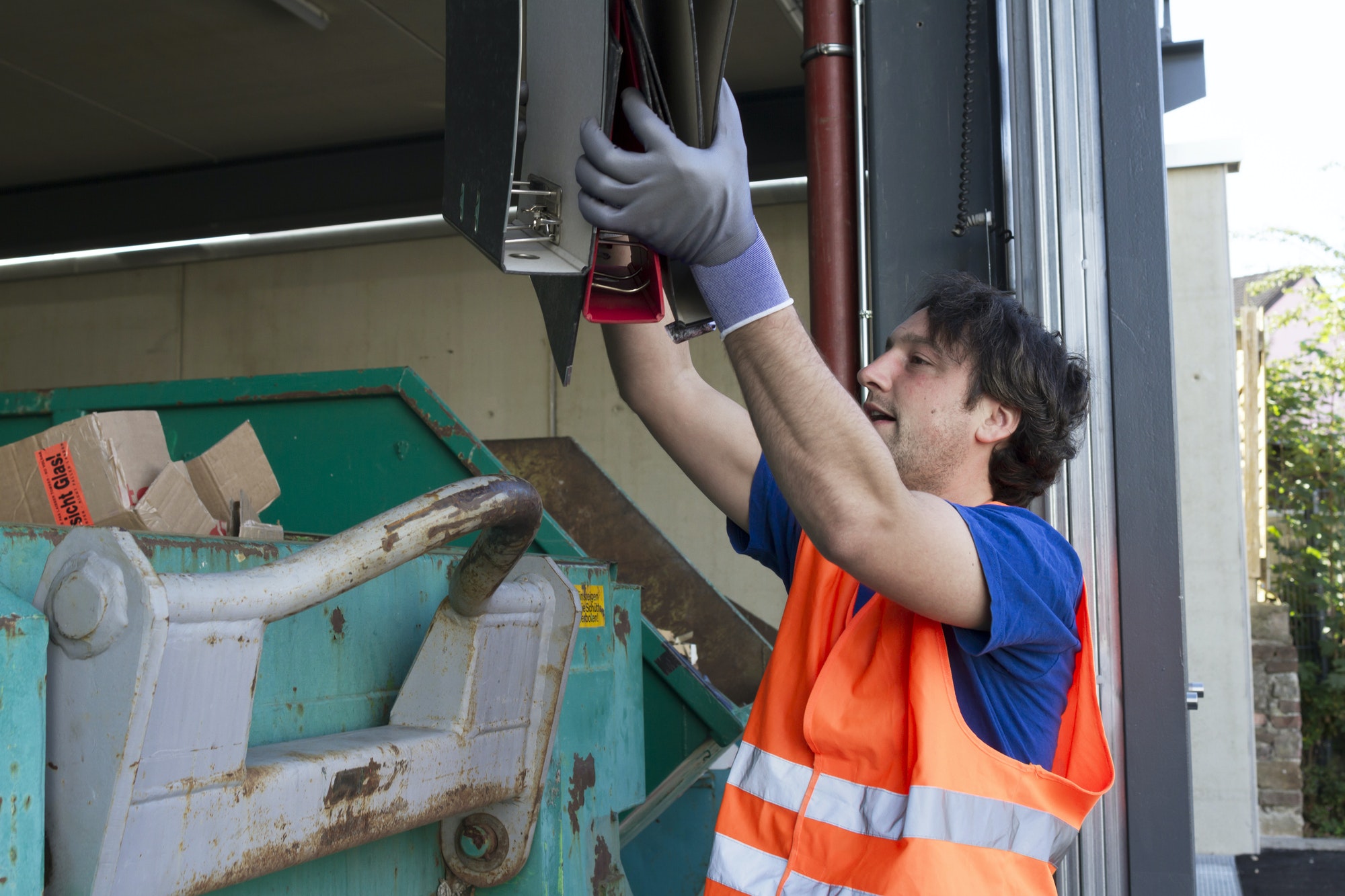In the digital age, our lives are surrounded by gadgets—smartphones, laptops, TVs, and tablets. But what happens when these devices reach the end of their life cycle? The answer lies in a growing concern known as electronic waste, or e-waste. As our dependence on electronics increases, so does the pile of obsolete, broken, or discarded devices. That’s where waste electrical recycling comes into play.
In this blog, we’ll break down everything you need to know about recycling E-scrap—why it matters, how it works, and what you can do to contribute. Whether you’re an eco-conscious individual or a business looking to dispose of IT equipment responsibly, this guide will help you understand the essentials.
🔌 What Is Electronic Waste?
Weaste Electrical (commonly referred to as e-waste or tech trash) includes any discarded device that contains electronic components. This can range from old mobile phones and batteries to computer monitors, printers, and televisions.
Common types of E-scrap:
Smartphones and tablets
Laptops and desktops
Televisions and monitors
Printers, scanners, and fax machines
Batteries and chargers
Refrigerators, microwaves, and other small appliances
As technology evolves rapidly, so does the disposal rate of these devices. The improper handling of electronic junk can cause serious environmental and health issues.
🌍 Why Is this Recycling Important?
1. Environmental Protection
It often contains harmful substances like lead, mercury, and cadmium. If dumped in landfills, these toxins can seep into soil and water, damaging ecosystems and wildlife.
2. Resource Recovery
Electronics are made using valuable materials like gold, silver, copper, and rare earth metals. Recycling helps recover these resources, reducing the need for mining.
3. Reducing Landfill Burden
With landfills nearing capacity, it’s crucial to reduce the amount of waste going into them. Recycling electronic devices helps lighten the load.
4. Promoting Circular Economy
Recycling supports a circular economy where products are reused, refurbished, or repurposed, extending their lifecycle and reducing overall waste.
🔄 How Does It Work?
Recycling electronic items involves several important steps to ensure proper handling and recovery of materials. Here’s a simplified version of the process:
Step 1: Collection
Consumers or businesses deliver their outdated electronics to authorized E-scrap recycling centers, or arrange for pickup services offered by electronic scrap buyers.
Step 2: Sorting & Dismantling
The collected items are sorted by type (computers, TVs, phones, etc.). Devices are then dismantled manually or mechanically to separate parts like plastics, metals, and circuit boards.
Step 3: Data Destruction
In devices that store information (like laptops and smartphones), secure data destruction is performed to prevent data breaches.
Step 4: Material Recovery
Through mechanical shredding and chemical processes, valuable materials like copper, aluminum, and gold are extracted.
Step 5: Recycling & Reuse
The recovered raw materials are then sent to manufacturers to be reused in new products.
📍 Where to Recycle Waste Electronic in Hyderabad
If you’re in Hyderabad and looking for a reliable place to dispose of your outdated electronics, you’re in luck. The city has a growing number of this buyers and certified recycling centers that offer hassle-free collection and responsible processing.
Top options include:
This collection drives by local municipalities
Online platforms offering scrap pickup service in Hyderabad
Authorized this buyers near me or scrap dealers in Hyderabad
NGOs and green tech startups focused on recycling electronics
Many services even offer doorstep pickup, making it easier than ever to recycle your gadgets from the comfort of your home.
🚫 What Not to Do with this?
Avoid these common mistakes when dealing with your old electronics:
❌ Throwing e-waste in regular garbage bins – It can contaminate landfills.
❌ Burning old electronics – Releases harmful fumes and contributes to air pollution.
❌ Selling to unverified scrap dealers – They may not follow safe recycling protocols.
❌ Hoarding old gadgets – Takes up space and doesn’t serve any purpose.
🛠️ Reuse, Repair, or Recycle: Choose Wisely
Before recycling, ask yourself: can the device be reused or repaired? If yes, consider these options:
Donate working devices to schools, NGOs, or underprivileged communities.
Use old phones as secondary devices or security cameras.
Repair broken electronics at authorized service centers.
If none of these apply, recycling is your best and most responsible bet.

- Protects your personal data
- Supports job creation in the recycling industry
- Reduces carbon footprint
- Promotes clean and green communities
- Quisque aliquet nibh sit amet lectus auctor



